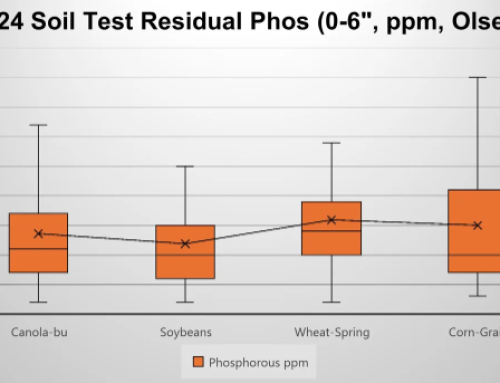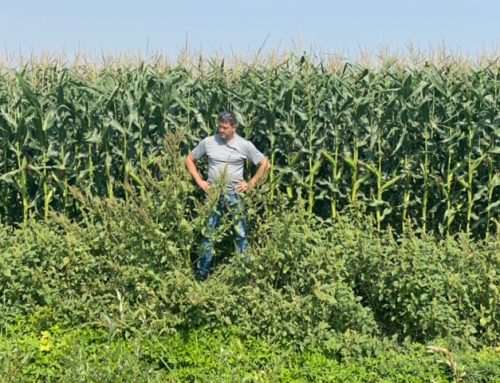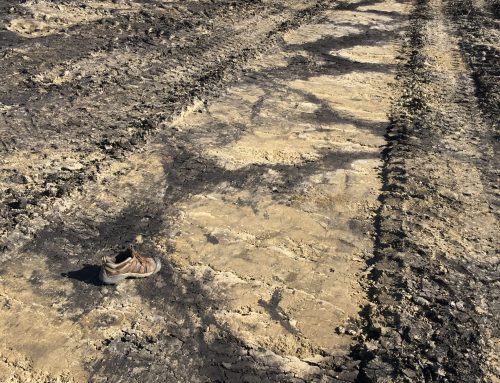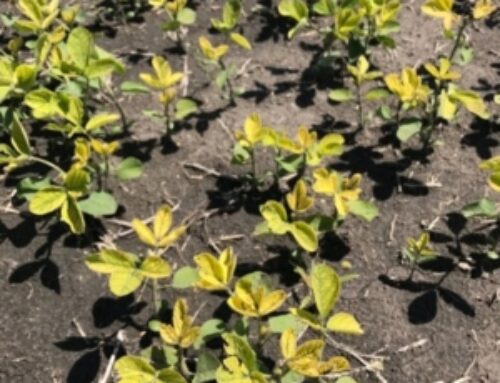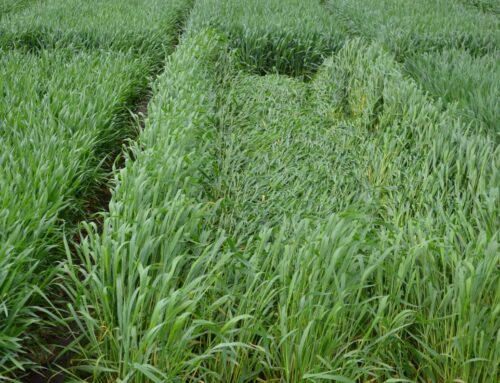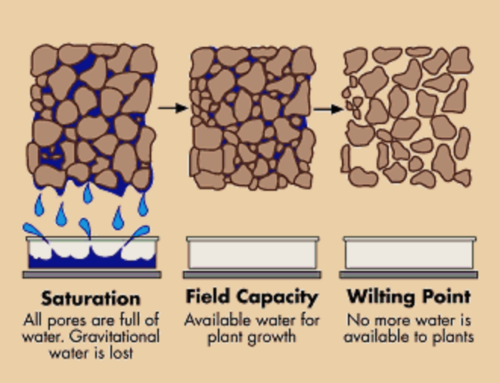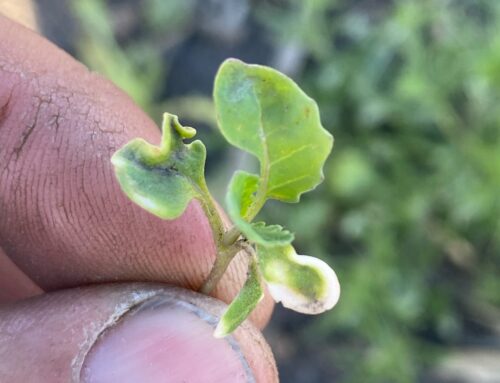The diamondback moth pressure is rising and may warrant control. Canola needed another hurdle to tackle in 2021!
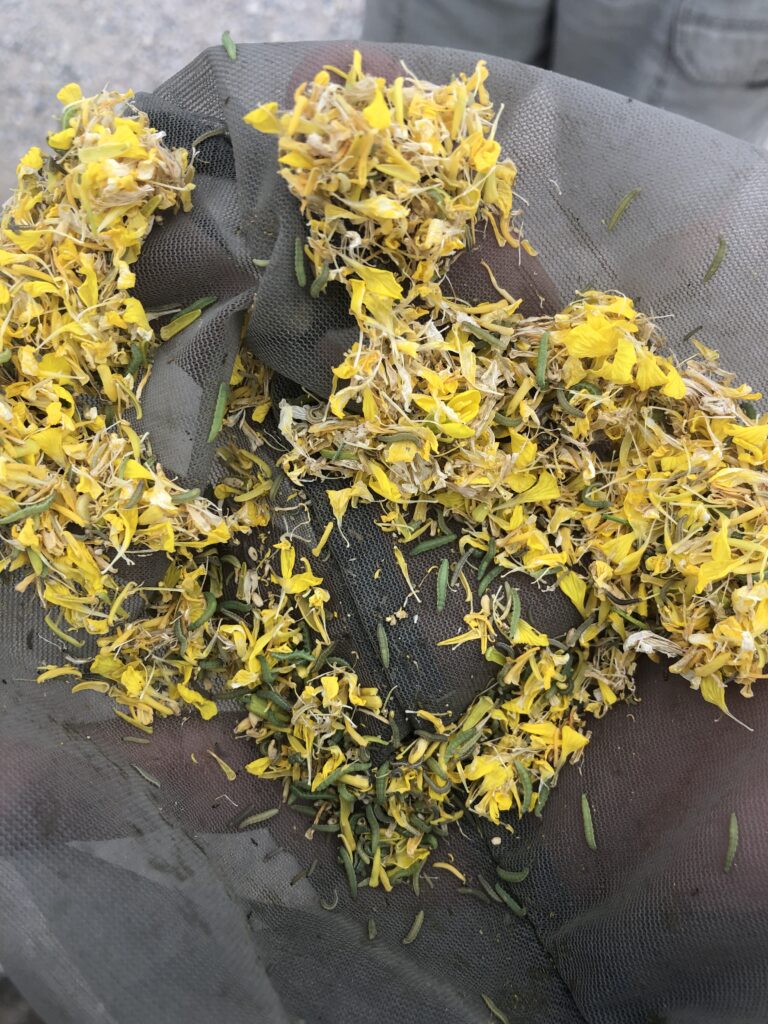
Understanding the Diamondback Moth
Every year diamondback moths blow in from the southern United States. They lay their eggs on canola plants. Population pressure will vary from year to year but the hatched larva can be destructive. Depending on their arrival time in Manitoba, they can produce as many as four generations in our summer.
Diamondback moths take 32 days to mature from egg to adult. They go through four stages of development: egg, larva, pupa and adult (moth). The adult females lay tiny, yellowish-white eggs on the uneven surfaces of the canola leaf. They will hatch in 4-8 days. The pale green caterpillars then eat leaves, buds, flowers or pods until they pupate 2-3 weeks later. The delicate white cocoons are noticeable on leaves, stems or pods. Adult moths will emerge up to 2 weeks later.
Diamondback moth populations are impacted by environmental conditions. Cool, windy weather will kill off adults before they can lay eggs and rain can drown small larvae. The Red River Valley did not get these conditions this spring which has led to optimum conditions for a strong diamondback population.
High Threshold Levels
Sweep net counts are showing high larval populations in multiple locations we cover. Continued scouting for diamondback is recommended.
Field Management
With the price of canola this year, economic thresholds for diamondback will be lower than the usual recommendations. Continued scouting will remain important.
Even if you are not at threshold for one pest, grasshoppers and lygus are also present in fields and that pressure combined with diamondback moth may warrant control.
As much fun as it might be to walk through canola, fields whose borders were sprayed earlier this season for grasshoppers may require you to walk further into the field to check unsprayed areas.
Here are a few additional resources on how to scout for diamondback moths and making a decision whether or not to spray:
https://www.canolacouncil.org/canola-encyclopedia/insects/diamondback-moth/
https://www.gov.mb.ca/agriculture/crops/insects/diamondback-moth.html

